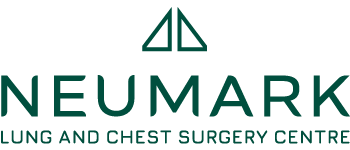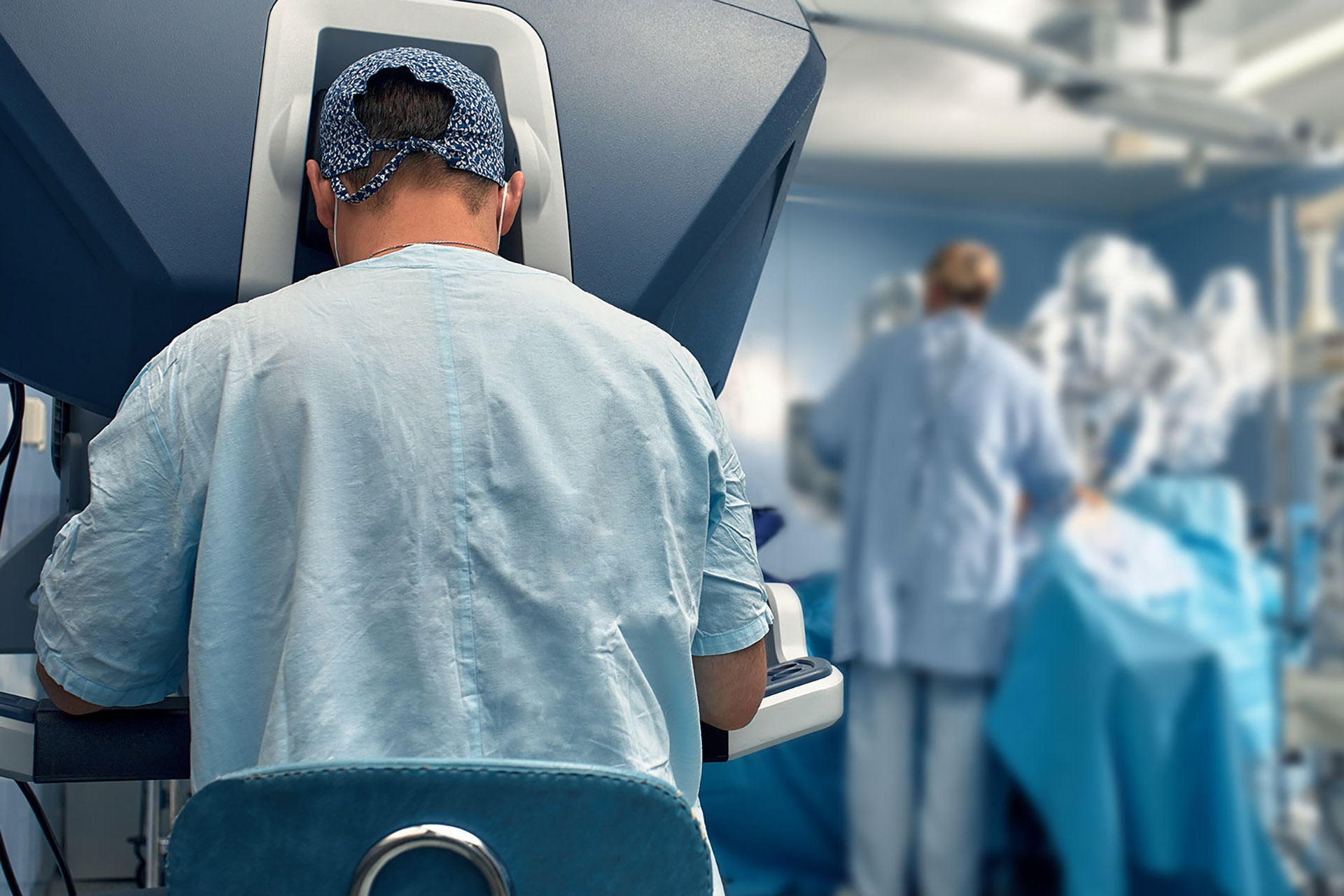The Discovery of a Lung Nodule: What Comes Next?
Finding out you have a lung nodule can be deeply unsettling. Yet these small masses of tissue in the lungs, often discovered during routine chest X-rays or CT scans, are quite common. While most are benign, some can be early signs of lung cancer. This is where the expertise of thoracic surgeons comes into play.
In Singapore, where health screenings are widely accessible, early detection of lung nodules is increasingly common. However, detection is just the first step. The real challenge lies in determining the nature of the nodule and deciding on the best course of action.
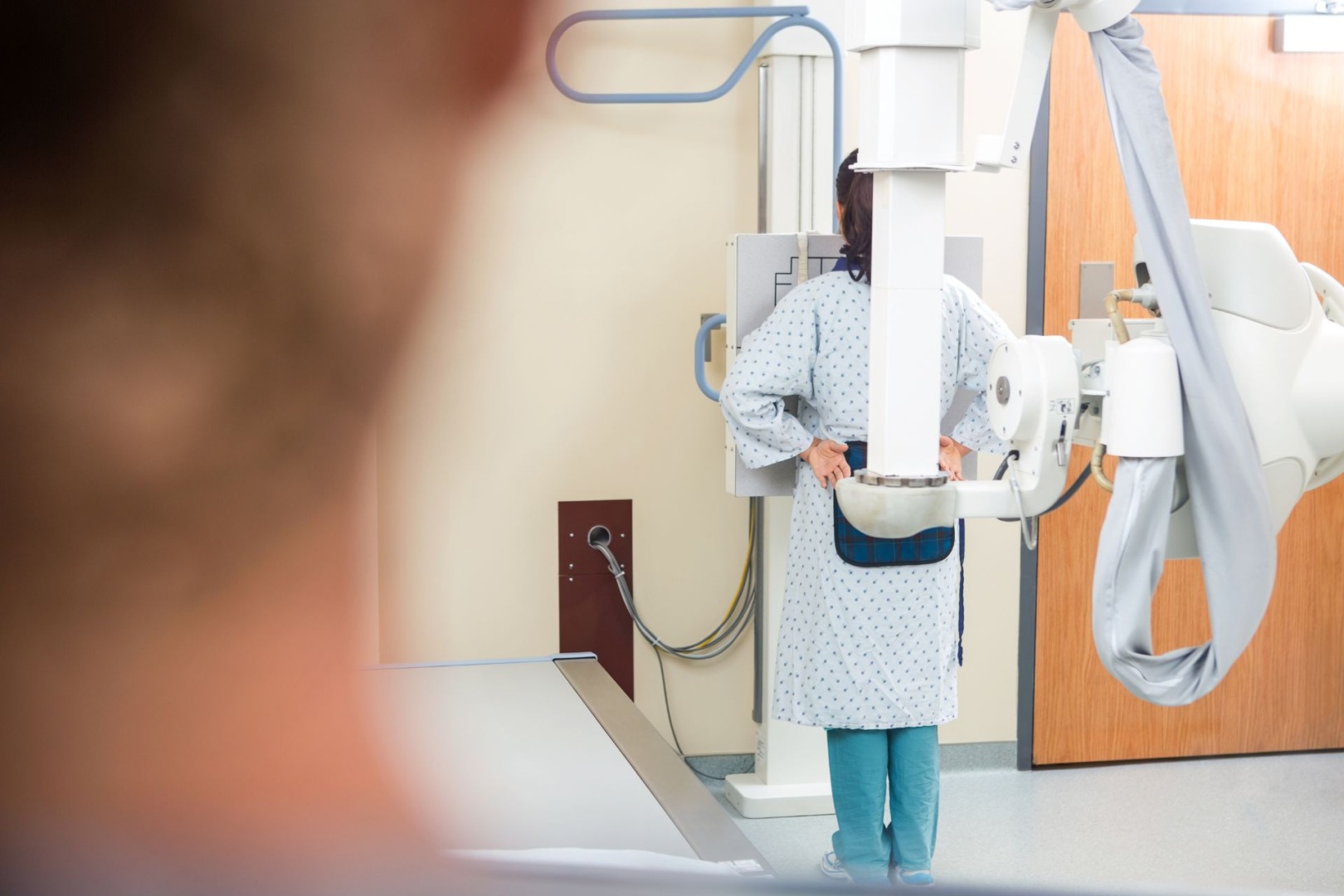
Evolution of Lung Nodule Removal Surgery
Traditionally, removing a lung nodule meant a major operation with a large incision. This approach, known as thoracotomy, often resulted in significant post-operative pain and lengthy recovery periods. However, the landscape of thoracic surgery has dramatically changed in recent years with new advanced technologies designed for patient safety and comfort.
Minimally invasive techniques have revolutionised lung nodule treatment, offering patients less pain, quicker recovery, and better cosmetic results. Two methods in this field are Uniportal Video-Assisted Thoracic Surgery (U-VATS) and Robotic-Assisted Thoracic Surgery (RATS).
Single Incision U-VATS
Uniportal Video-Assisted Thoracic Surgery represents a significant leap forward in minimally invasive thoracic surgery. Unlike its predecessor, which required multiple small incisions, U-VATS requires just one small cut, typically about 3-4 centimetres long. Through this single port, surgeons can insert a high-definition camera and specialised instruments to remove the lung nodule.
The benefits of U-VATS are impressive. Patients often experience less post-operative pain, have shorter hospital stays, and return to normal activities more quickly. The single, small incision also means minimal scarring, a factor that can have a noteworthy psychological impact on patients’ wellbeing.

The advantages of U-VATS go beyond patient comfort. For surgeons, this technique offers excellent visualisation of the thoracic cavity. The high-definition camera provides a clear, magnified view, allowing for precise removal of the nodule while preserving healthy lung tissue, allowing for better postoperative outcomes.
Precision with RATS
Robotic-Assisted Thoracic Surgery takes minimally invasive techniques to the next level. This approach combines the benefits of minimal access surgery with advanced robotic technology. The surgeon controls robotic arms from a console, manipulating them with incredible precision to remove the lung nodule.
RATS offers several unique advantages. The robotic system provides a three-dimensional, high-definition view of the surgical site, enhancing the surgeon’s depth perception. The robotic arms can rotate 360 degrees and bend in ways that human hands can’t, allowing for unparalleled manoeuvrability in the narrow space of the chest cavity.
Patients undergoing RATS often experience similar benefits to those of U-VATS: less pain, quicker recovery, and minimal scarring. Additionally, the precision of RATS can be particularly beneficial for complex cases or when the nodule is in a hard-to-reach location.
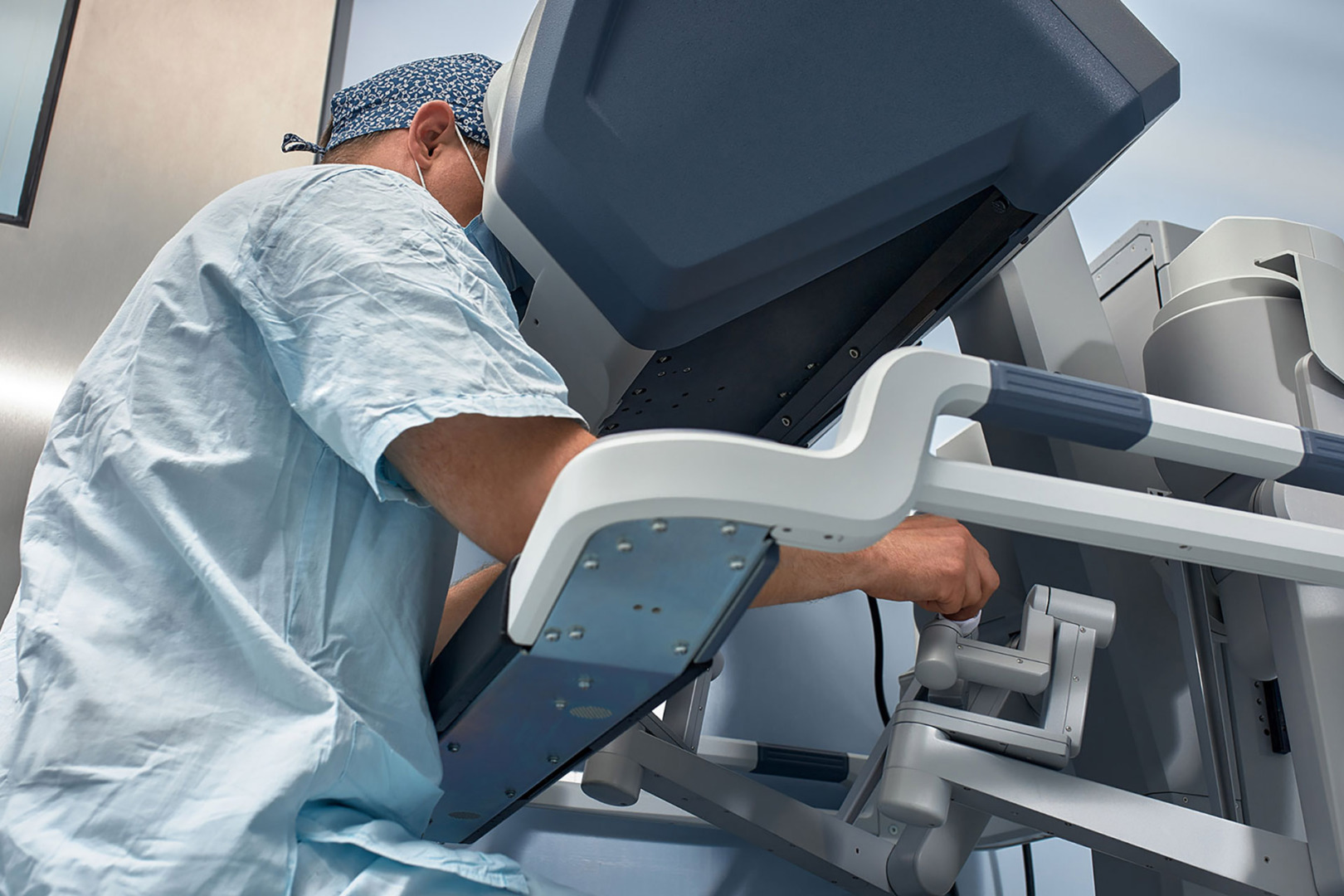
Choosing the Right Approach for Lung Nodule Removal
While U-VATS and RATS represent significant advancements, it’s important to note that not every patient or every lung nodule suits these techniques. Factors such as the size and location of the nodule, the patient’s overall health, and the surgeon’s expertise all play a role in determining the best approach.
In some cases, a traditional thoracotomy may still be the most appropriate option. This is particularly true for larger tumours or in emergencies. The key is having a thoracic surgeon who is well-versed in all these techniques and can recommend the best approach for each case.
It’s not only the surgery itself that has changed. Recovery for patients has significantly improved with minimally invasive techniques after lung nodule removal surgery, as long as they follow the guidance offered by their thoracic surgeon. Many patients who undergo U-VATS or RATS find themselves back on their feet within days rather than weeks. However, following post-operative instructions carefully and attending all follow-up appointments is important to ensure optimal healing.
Importance of Early Detection and Intervention
Regardless of the surgical technique, early detection and intervention are crucial for lung nodules. This is especially true if the nodule turns out to be cancerous. Early-stage lung cancers are more treatable and have better outcomes.
Since health screenings are readily available in Singapore, individuals living here are encouraged to undergo regular check-ups. For those with risk factors such as a history of smoking or exposure to certain environmental pollutants, more frequent screenings may be recommended.
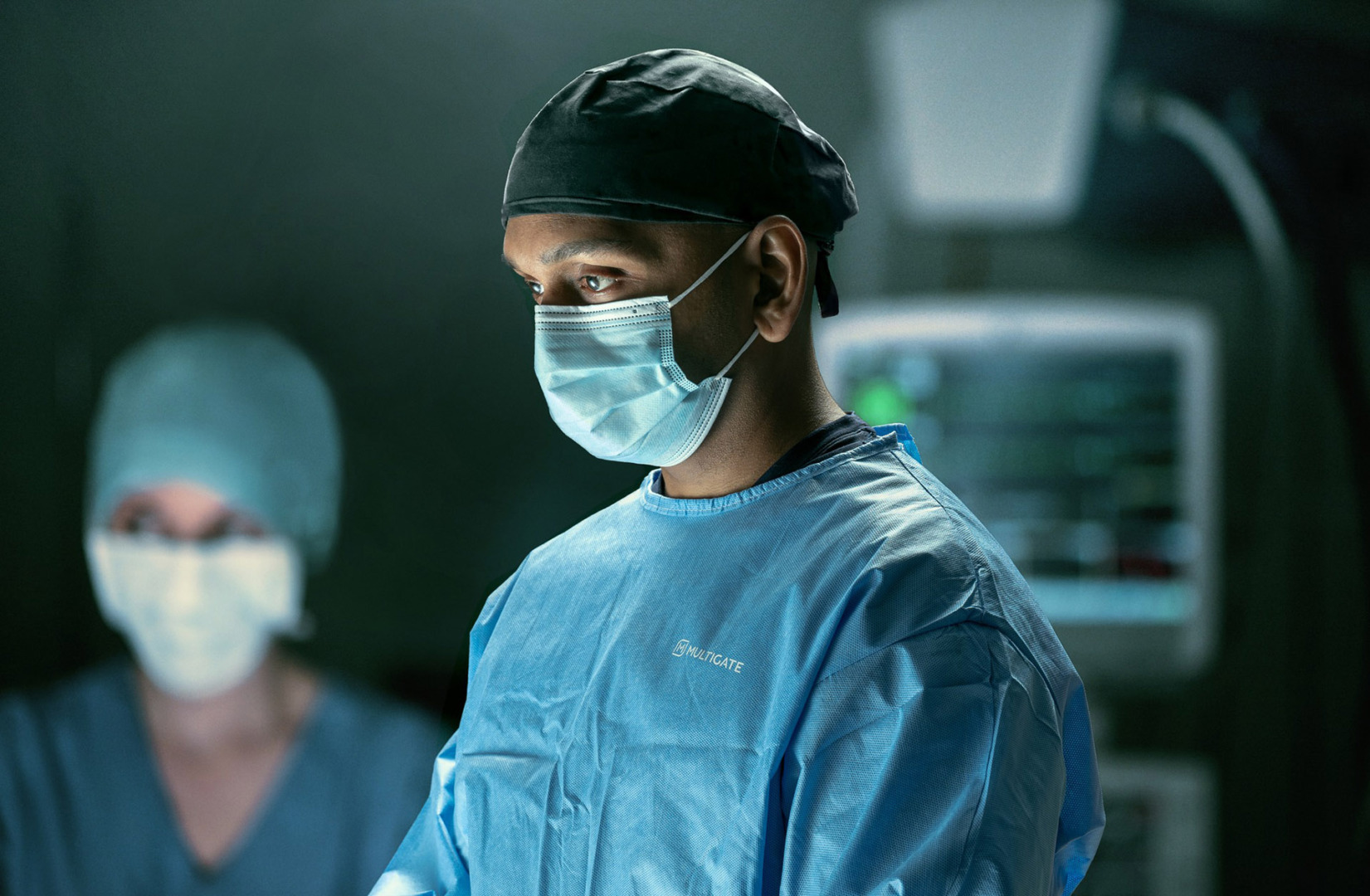
If you’re concerned about lung nodules, contact Neumark Lung & Chest Surgery Centre today to schedule a consultation with Dr. Harish Mithiran.
